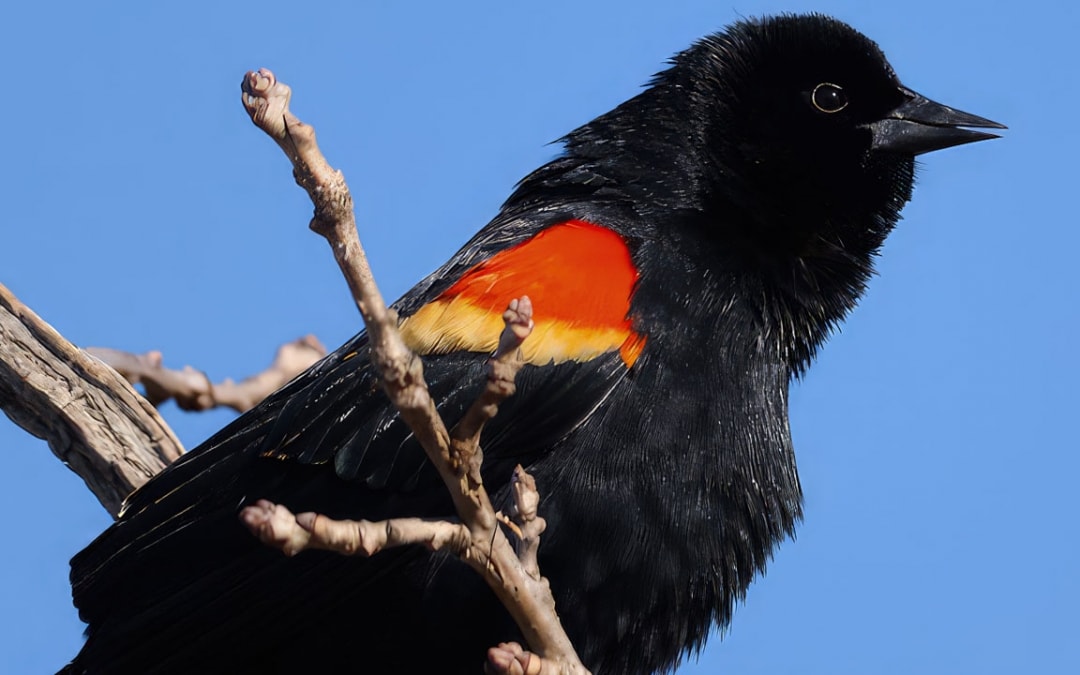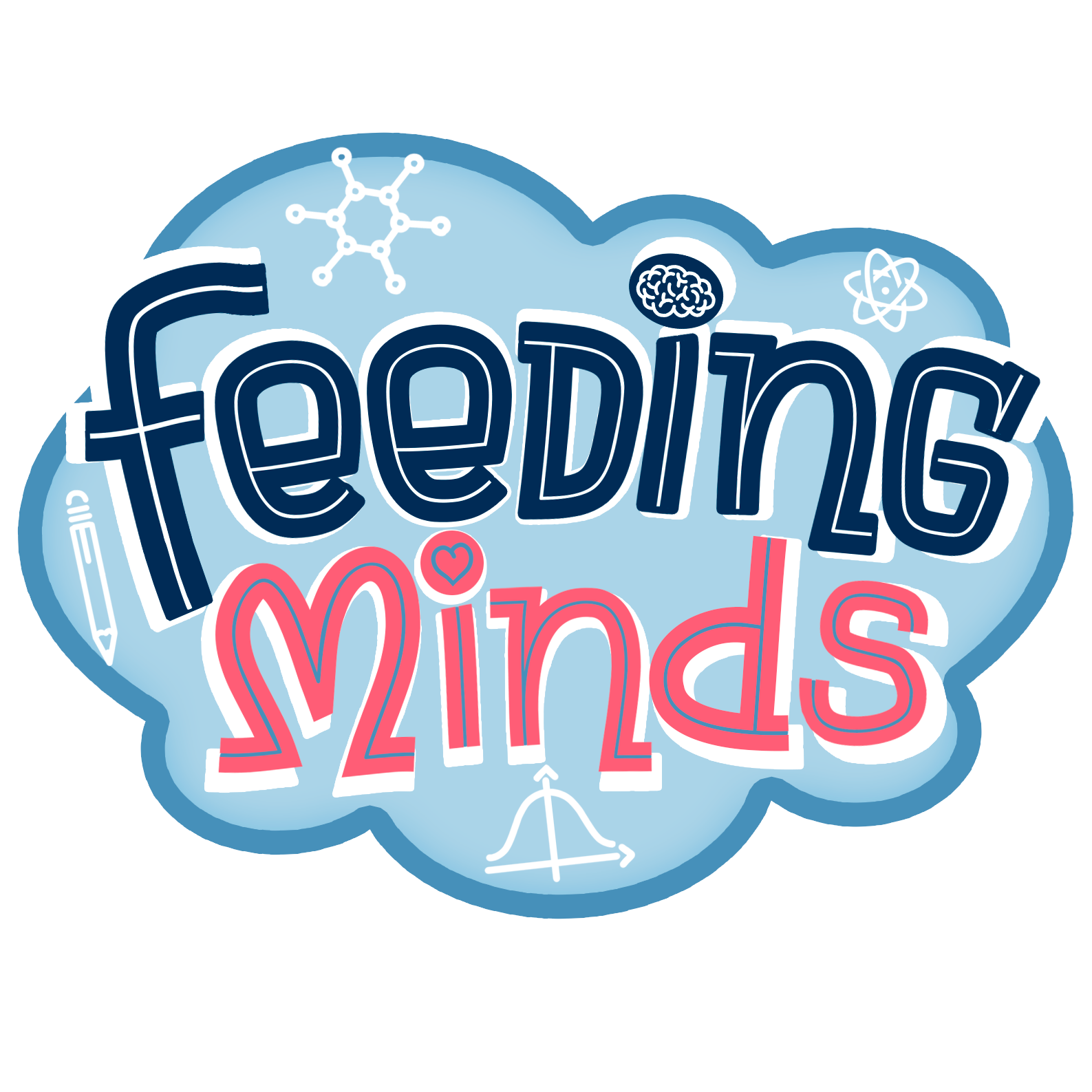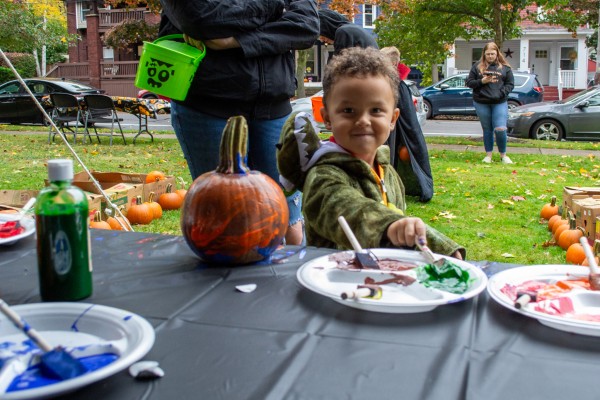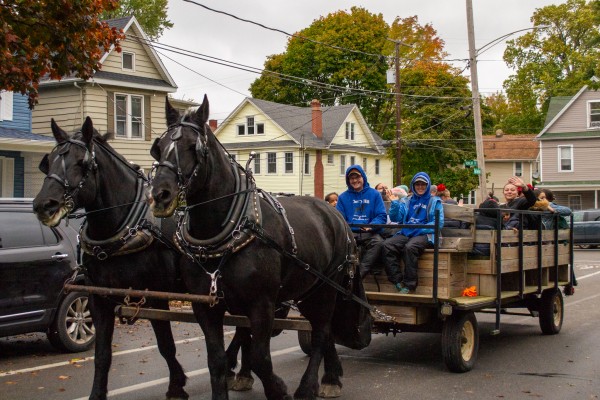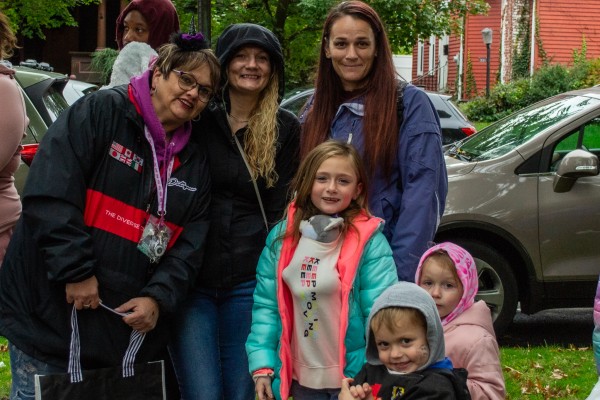The Landscape Around Us
The Landscape Around Us
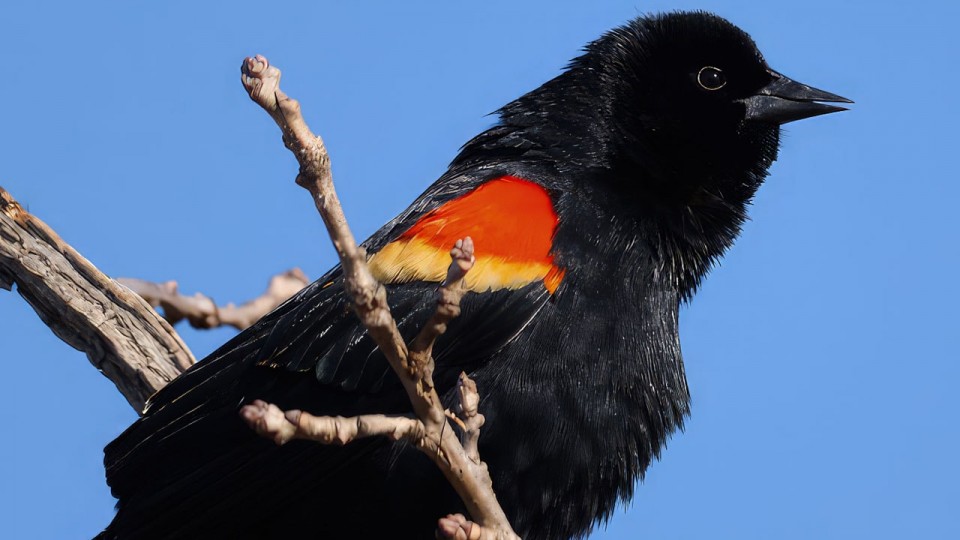
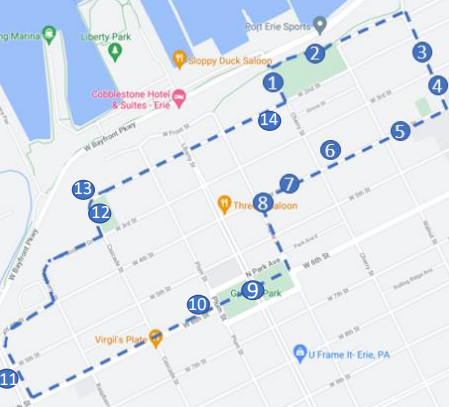
To get the full version of the map in PDF form click here.
Many thanks to the Feeding Minds STEM Program, a local outreach initiative of Gannon University that focuses on bringing quality STEM education (Science, Technology, Engineering, and Math) to city youth. We provide engaging activity kits and host an informal afterschool program to connect students with exciting STEM careers in our community, and Dr. Steven Ropski from Gannon University for making this environmental education walk!
Click on the links to find the locations on Google Maps.
The theme for this walk is environmental education. Points of interest highlight the many connections between the natural landscape and the built environment of our city. Along the way, you will learn how nature persists and adapts in the wake of urbanization. This walk also emphasizes important environmental problems and highlights principles of urban engineering and design that can lessen our impact on the environment.
Part 1: The Scenic Bluffs of Presque Isle Bay
- Check out the three cottonwood trees across the street from the Erie County Health Department. These are the same trees that you see all along the roads and beaches on the peninsula. Watch for “summer snow” in June when their fluffy seeds float to the ground.
- One of these trees is exceptionally large. According to a local expert, this plant is approximately 130 years old and has a diameter at breast height of 14 feet! Cottonwood trees grow very quickly compared to other trees.
Bayview Park – Overlooks
- Keep an eye out for the small birch trees that were planted at the scenic overlooks. Their bark is as white as the lake effect snow that makes Erie famous. You will also see medium-sized maple trees along the promenade. If you look closely toward the ground, you might find the characteristic winged maple fruits that spin from the trees like helicopters.
- This is arguably the greatest view in the city. If you look across the bay to the peninsula when the leaves are off the trees, it is possible to see the open water of Lake Erie through the trees on the left side of the peninsula. This is the narrow neck that attaches the wider part of Presque Isle to the mainland.
- Keep an eye out for ducks and other waterfowl on the bay. Presque Isle is the top site in the state for observing migratory birds such as warblers and shorebirds. As you gaze toward the peninsula, keep in mind that you are looking at the richest habitat in the entire state in terms of the number of rare plants and animals.
- Before the city was established, the area where you are standing was a hardwood forest overlooking the bluffs. Before the formation of Presque Isle and its protective harbor, these bluffs were vulnerable to the erosive force of Lake Erie. These steep slopes probably resembled the large bluffs along Lake Erie in other parts of the county.
- In the last century, the bay was severely polluted with excessive nutrients, heavy metals, and organic compounds. Thanks to decades of hard work to remediate these problems, the bay was removed from the list of Great Lakes Areas of Concern in 2013. However, there is still much that can be done to further improve its habitat and water quality.
- Keep an eye out for a concrete culvert running down the hill on the left side. Conventional urban design tends to funnel stormwater runoff toward bodies of water through non-permeable surfaces. Green stormwater infrastructure minimizes runoff through natural surfaces and thereby prevents pollution from entering the bay. If this hill were densely covered with trees and shrubs all along its length, more stormwater would be absorbed.
- Before it was developed, there was likely a small sandy or marshy shore at the base of the bluffs. Notice how much the bayfront has been transformed by the marinas and docks that extend out into the bay.
Part 2: Residential Streets and the Urban Environment
- Plant and Garden Diversity: As you walk along the street, be sure to notice the various residential gardens and flower beds. Although the development of the city obliterated much of the native biodiversity, people are still inspired by natural diversity through their choice to plant many different types of flowers, shrubs, and trees in their gardens.
- Permeable Versus Impermeable: Between West 4th Street and West 3rd Street, you will notice that there is a grassy strip between the street and the sidewalk on one side of the street, but one the other side, the entire area is covered in concrete. The grassy patch helps to capture and filter stormwater, while the area that is entirely concrete directs dirty water toward the bay through the storm drains.
- As you pass the Martin Luther King Jr. Center, you may want to check out the raised vegetable beds on the left side of the street. Growing food locally has a much smaller impact on the environment compared to conventional farming in distant places.
- Notice the abundant street trees in this area. In addition to improving the neighborhood aesthetics, tree-lined streets reduce the urban heat island effect, which results from an abundance of concrete surfaces and buildings. There are many streets in other parts of the city that need to have trees planted along them like this street.
- When you reach the mini-mall on your right, you may want to check out the mural park and the decorative fence. You will notice that the picnic tables are made from durable recycled plastic, which is far preferable to sending plastic to the landfill. In addition, these tables require less maintenance as they will not rot like regular wood.
- As you walk along the next block, you will see a dip in the road between Cherry Street and Poplar Street. This is evidence of a small natural ravine that drained into the bay before the city was built.
Part 3: Parks and Greenspaces
- This “pocket park” is an excellent urban greenspace as it enhances the quality of the neighborhood.
- Be sure to notice the large Butterfly Bush near the middle of the garden. After it starts blooming, this is a great place to observe butterflies as they search for nectar.
- Next, you will see an assortment of small herbs on the right side of the path, including lavender, mint, and chives. You may want to crush a few small leaves from each plant to smell the various unique aromas.
- As you walk through the park, notice the abundant trees here that provide habitat for animals, including squirrels and a variety of songbirds. Be on the lookout for trees with shaggy bark. Trunks with loose strips of bark provide roosting places for bats.
- As you approach the second round garden with the telephone pole, look up to observe a large deformed tree on the left. Tree burls are caused by stress as a result of an injury or an infection from fungi or viruses.
- After you cross Plum Street and exit the park, check out the house with the turret immediately on the right and the garden with dense shrubs.
- As you walk west on 6th Street, watch for a house on the right that is sided with wooden shingles. This is another place where bats can roost.
Part 4: The Cascade Creek Valley
- Check out the urban woodlot on the left side of Cranberry Street. Below a canopy of cottonwood trees, you will see an understory of vines, including Virginia Creeper (5 leaflets) and Poison Ivy (3 leaflets).
- How might this woodlot compare to a larger forest in a more rural area? You will likely see more non-native invasive plants here, yet this area is a critical habitat island in a developed area. It is surely home to many small mammals, including mice, raccoons, and opossums.
Neighborhood Streets and Cascade Park
- As you walk through this area, take a close look at the sidewalk. Nature is always trying to find a way. Notice the small but tough weeds and the even tinier mosses that manage to survive in the cracks of the concrete.
- Check out the park on the east side of Cascade Street with the large open lawn. Here you may find robins searching the ground for worms or starlings perching on the telephone wires.
- Do you think that an open lawn like this can absorb as much stormwater as the more wooded character of Gridley Park?
- On the opposite side of the street, you will see an abundance of pine trees that provide winter shelter for songbirds and ample pinecone seeds for squirrels and chipmunks. Owls like to roost in evergreen trees.
Valley Overlooks and Wetlands
- Down in the valley is Cascade Creek, the second largest tributary that drains into Presque Isle Bay (after Mill Creek). Take a moment to imagine how this valley might have looked before the city was built. How might the location of the Bayfront Parkway negatively affect the creek and the bay?
- Between the neighborhood and the valley, you may find litter and illegal dumping in this area. We can all do our part to make sure that our trash ends up in the proper receptacles. Taking a little time to pick up trash is a great service to the environment and the community.
- When you reach the pedestrian ramp at the end of Cascade Street that leads down to the bayfront, you may want to walk along this trail as an optional spur hike. This is a great place to look for red-winged blackbirds as they fly among the open wetlands and reed grasses.
- You will likely see the lacy foliage of mugwort near the ramp. This invasive plant has a strong aroma when crushed and has been traditionally used for medicinal purposes. It is known to cause extremely vivid dreams. However, consumption is not recommended.
Part 5: The Final Stretch
Along the Street
- In front of Bayview Apartments, you will see a mulched garden. This is a great place to look for mushrooms, especially after a rainstorm. If you see any, feel free to take pictures, but do not eat them as they may be very poisonous! Some fleshy fungi are deadly to consume!
- Across the street, be sure to notice the vacant lot. There is an impressive tree covered in vines.
Health Department Pollinator Garden
- Before you return to Bayview Park, check out the pollinator garden on the left side. There are many interesting native flowers here that attract bees and other interesting insects. Most of the plants are labeled with signs. This neighborhood asset was installed just a few years ago.
Want to learn more about the Feeding Minds STEM Program?
Check out their Facebook page: https://www.facebook.com/FeedingMindsSTEM
To get weekly updates and the self guided walks emailed to you, register through this link: https://forms.gle/cVTJ3zArb4RbNnCv8
